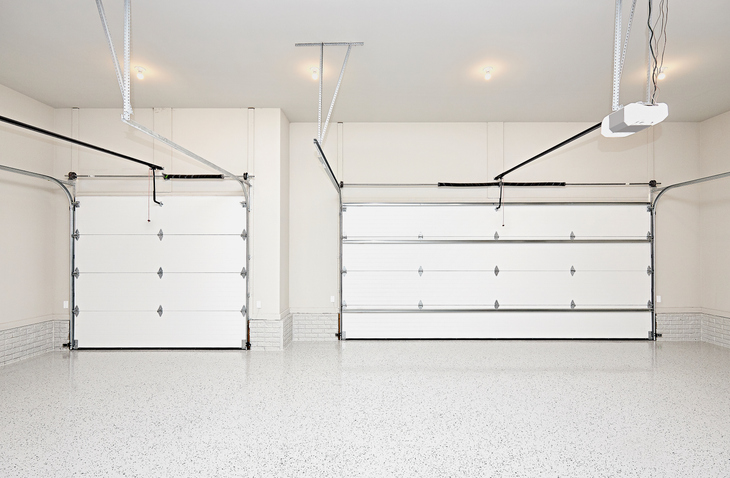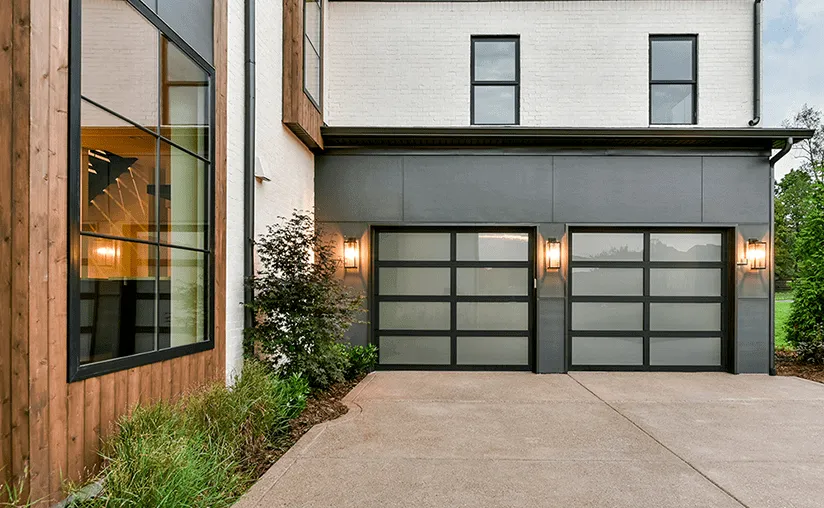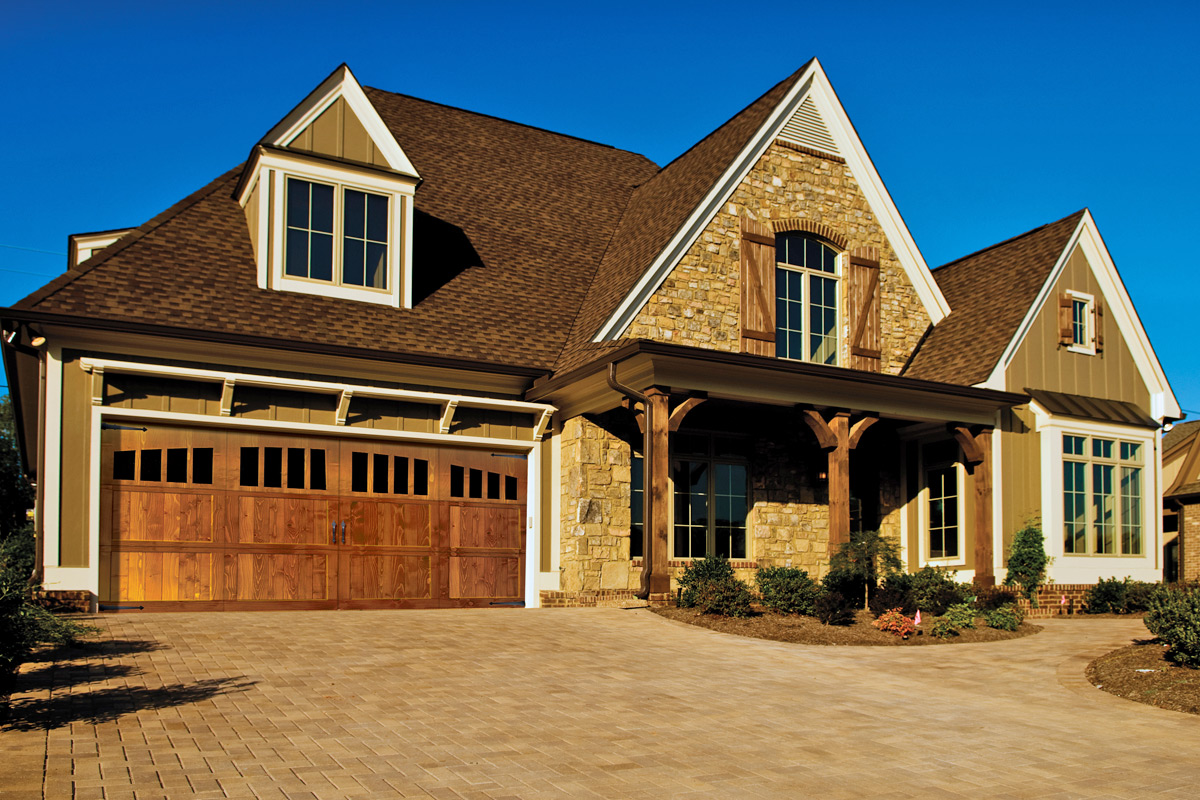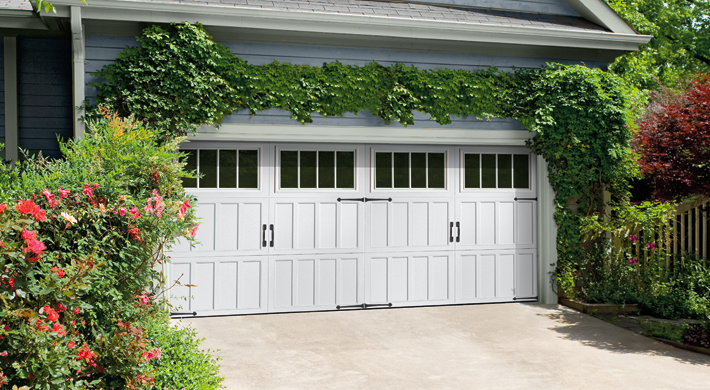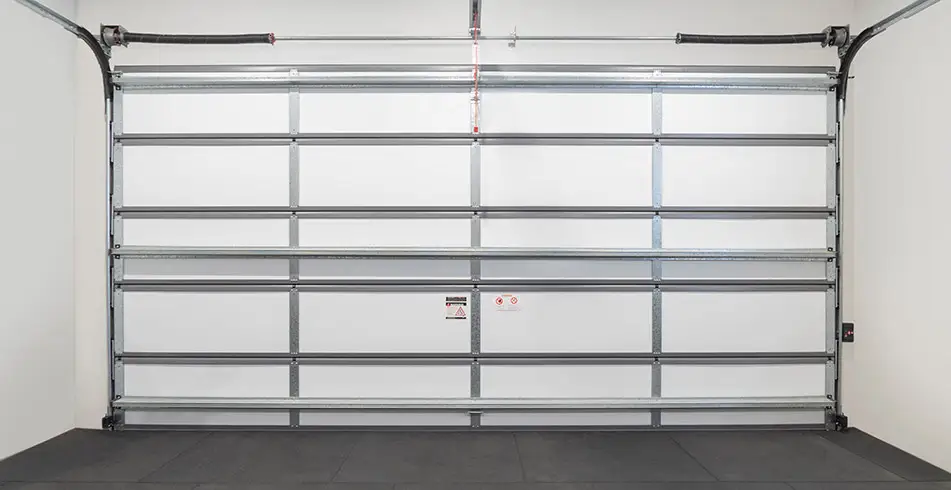Garage doors are an essential part of our daily lives. They keep our vehicles safe and provide convenience with just a push of a button. However, over time, they can lose their balance, leading to numerous problems. Knowing how to balance a garage door can save you from expensive repairs and ensure your door operates smoothly.
In this article, we will discuss the importance of balancing a garage door, the tools required, and a step-by-step guide on how to do it yourself.

Why is Balancing a Garage Door Important?
Balancing a garage door is crucial for various reasons:
- Prevents Damage: An unbalanced garage door can cause strain on its components, leading to premature wear and tear.
- Ensures Safety: A well-balanced door minimizes the risk of accidents, ensuring the safety of your family and pets.
- Energy Efficiency: Balanced doors provide better insulation, contributing to energy savings.
How to Recognize an Unbalanced Garage Door
Before balancing your garage door, you need to identify if it is indeed unbalanced. Here are some signs:
- Door Won’t Stay in Place: If your door starts to slide down after being opened, it might be unbalanced.
- Uneven Operation: The door may appear crooked or uneven when opening or closing.
- Strange Noises: Grinding or squeaking sounds indicate potential balance issues.
Necessary Tools for Balancing a Garage Door
To balance your garage door, you will need the following tools:
- Wrenches: Typically, a set of adjustable wrenches will be sufficient.
- Stepladder: To access higher parts of the door.
- Clamps: To hold the door in place during adjustments.
- Level: To check the balance precisely.
Step-by-Step Guide on Balancing a Garage Door
1. Disconnect the Opener
The first step is to disconnect the garage door opener. This ensures you will be working with the door manually, providing a more accurate balance.
2. Open and Close the Door Manually
Lift the door halfway and then let go. Observe if the door stays in place. If it moves up or down, it’s unbalanced.
3. Adjust the Spring Tension
The tension springs play a pivotal role in maintaining balance. You’ll need to adjust the tension to achieve proper balance by turning the adjustment bolts.
4. Use the Level
Place a level on the garage door to check if it’s even. Make adjustments as required.
5. Test the Balance
After making adjustments, test the door multiple times to ensure it stays balanced.
Preventive Maintenance Tips
Preventive maintenance can help keep your garage door balanced for a longer time. Here are some tips:
- Regularly Inspect: Periodically check for any signs of imbalance.
- Lubrication: Keep the moving parts well-lubricated.
- Tighten Hardware: Ensure all bolts and screws are snug.
When to Seek Professional Help
While you can balance a garage door on your own, some situations might require professional intervention:
- Complex Issues: If you notice broken parts or your door still won’t balance after adjustments.
- Lack of Tools: If you don’t have the necessary tools or expertise.
Conclusion
Knowing how to balance a garage door is a valuable skill that can save you time and money. With the right tools and a little patience, you can ensure your garage door operates smoothly and safely.
For more tips on garage door maintenance, visit our detailed guides on Garage Door Replacement
, and more.FAQ
1. How often should I balance my garage door?
Regular maintenance checks every six months are advisable to keep your garage door balanced.
2. Can I balance a garage door myself?
Yes, you can balance a garage door yourself if you follow the proper steps and take safety precautions.
3. What should I do if my garage door is still unbalanced?
If your garage door remains unbalanced despite adjustments, it may be best to consult a professional.
Learn more about garage door security for better safety measures.





